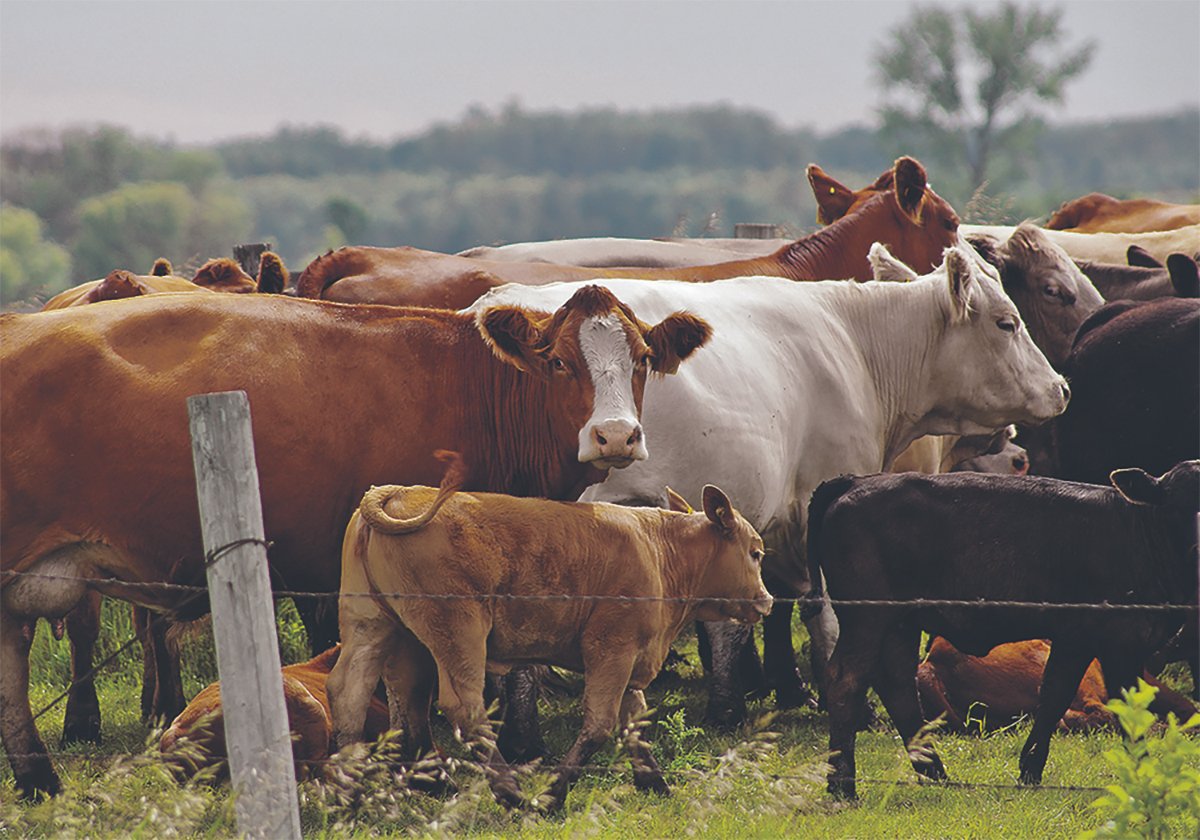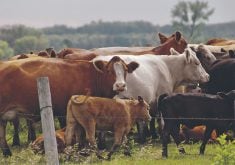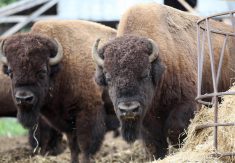Producers in non-traditional canola growing regions went with canola in a big way this year. For most, canola will be their top money maker.
Fears of drought and heat have held back canola in the brown soil zone and even in parts of the dark brown soil zone. With ever-improving varieties, good management and some luck with the weather, those fears are fading.
For the first time, I can brag about a field of canola that approached 50 bushels an acre. Now, this was only one field of 90 acres and my overall average will be more like 38, but producers are achieving yields unimaginable on re-cropped land in this part of southwestern Saskatchewan just a few years ago.
Read Also

High prices see cow-calf producers rushing to incorporate
Farm accountants are reporting a steady stream of cow-calf producers rushing to get their operations incorporated ahead of selling their calves this fall.
A yield of 38 bu. an acre at $12 a bu. is a gross return of $456 an acre. The only other major crops in that league this fall are large green lentils and durum.
Large green lentils at a yield of 1,500 pounds an acre (25 bu.) and a price for good quality of 30 cents per lb. will generate $450 an acre. No. 1 durum with 13 percent protein has an expected price of $9.77 in Saskatchewan. That’s a gross of $440 an acre on a 45 bu. per acre crop.
Canola is expensive to grow, but my cash costs for the crop are only slightly more than large green lentils. Durum is about $40 an acre cheaper.
Assume yellow peas are $8.50 a bu. and yields are 40 bu. per acre. Peg flax at $13 a bu. and yields at 25 bu. an acre. Sell feed barley directly to an end user at $4 on a yield of 80 bu. an acre. Grow 1,800 lb. of red lentils and sell them at 20 cents a lb.
All of these crops are about $100 an acre below the canola standard.
In its latest crop report, Saskatchewan Agriculture predicted southwestern yields of 28 bu. per acre for canola, , 31 bu. for durum, 48 for barley, 17 for flax, 29 for peas and 1,350 lb. for lentils. You can run the comparison using these yields and get the same relative rankings.
Every crop has advantages and disadvantages. Many growers in the south haven’t owned a swather for many years. To get into canola, they’ve had to buy a swather, get the crop custom swathed or take a chance on straight combining.
One of the big advantages for canola is great weed control. It can be a clean-up crop, helping to manage weed problems that typically emerge with lentils and peas in the rotation.
It can also be easier to preserve crop quality with canola. Wet weather at harvest can badly downgrade lentils and durum. This year, many growers are battling ergot in their durum.
Crop prices change, every grower has a different yield experience and weather patterns can produce winners and losers.
But canola is becoming a permanent part of the rotation in areas where it used to be a novelty.
Producers in traditional canola growing regions continue to shorten their rotations so they can grow more acres of the crop that makes them the best money. In areas severely challenged by wet weather this spring, many growers seeded only canola.
With such a perennially strong performer, minor acreage crops and any emerging cropping options are going to have a tough time attracting growers. Canola has become the yardstick against which everything else is judged.
Kevin Hursh is an agricultural journalist, consultant and farmer. He can be reached by e-mail at kevin@hursh.ca.

















